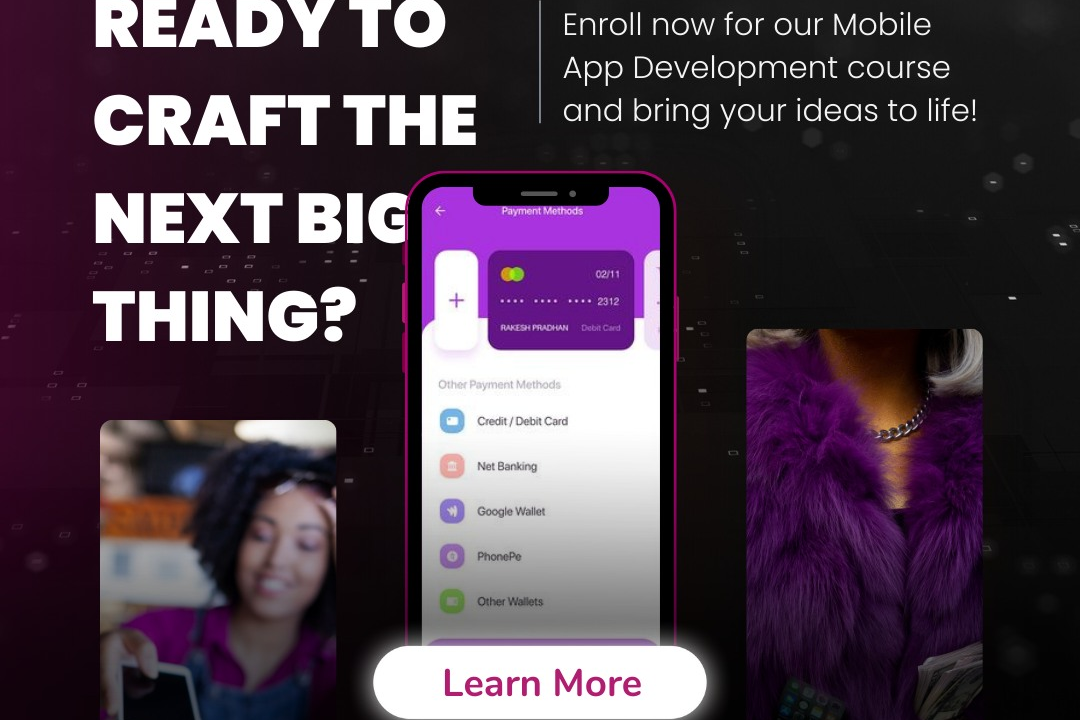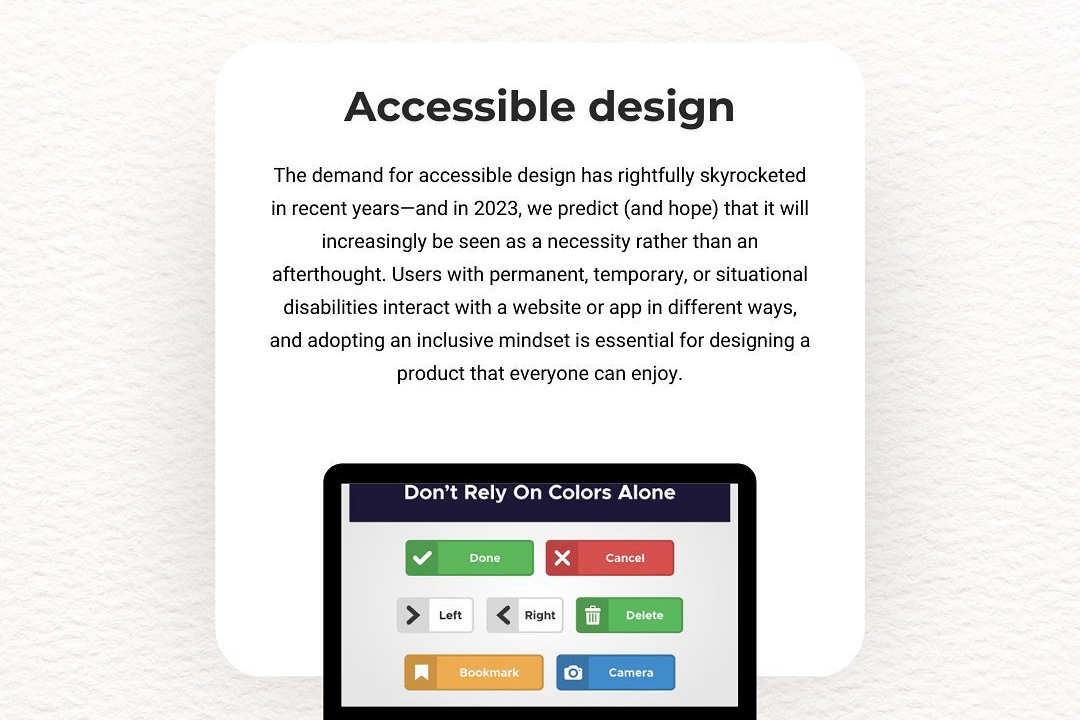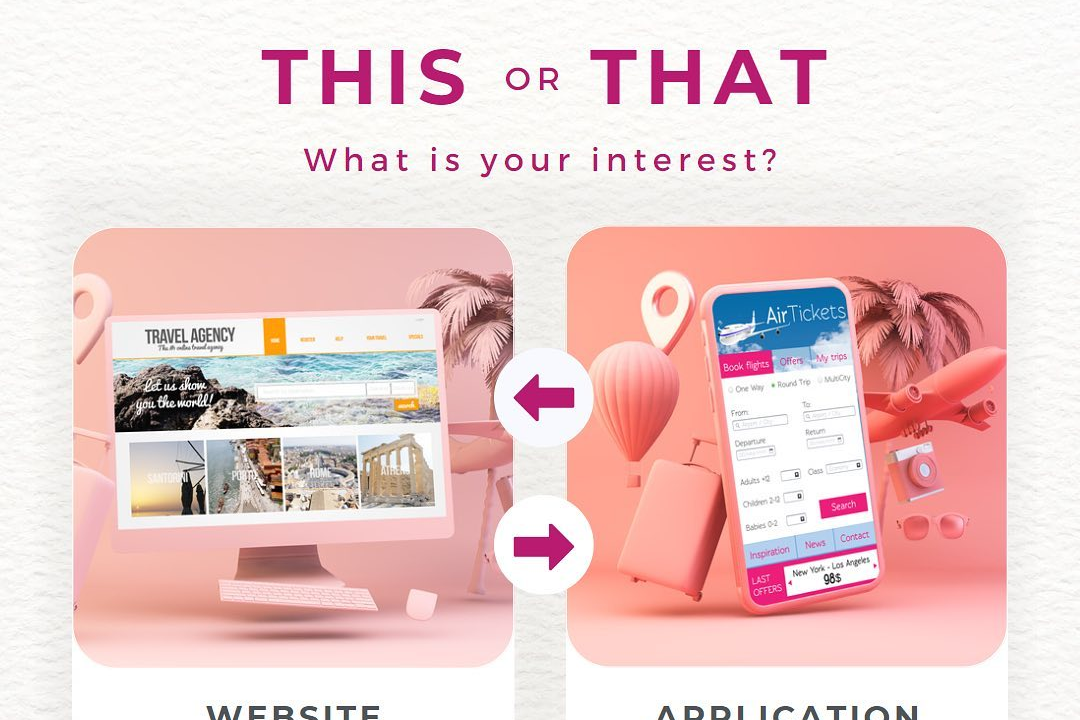Flutter User Testing Strategies
Effective User Testing Strategies for Flutter Applications
Flutter User Testing Strategies
Flutter user testing strategies involve a combination of qualitative and quantitative methods to assess the usability and functionality of Flutter applications. Key strategies include conducting usability tests with real users to observe their interactions and gather feedback, utilizing A/B testing to compare design variations and measure performance metrics, and implementing surveys or interviews to collect direct user insights. Additionally, leveraging automated testing frameworks like Flutter's built-in testing capabilities allows developers to ensure code quality and responsiveness across different devices. Emphasis on an iterative testing cycle enables teams to refine the user experience based on real-world usage data, making informed decisions to enhance app performance and user satisfaction.
To Download Our Brochure: https://www.justacademy.co/download-brochure-for-free
Message us for more information: +91 9987184296
1 - Understanding User Personas
Define user personas to understand the characteristics and needs of your target audience. This includes demographics, preferences, and behaviors, which guide testing focused on real user experiences.
2) Creating User Scenarios
Develop specific user scenarios that depict how users will interact with the app. These scenarios help testers focus on real world use cases during testing sessions.
3) Utilizing Flutter’s Testing Tools
Familiarize students with Flutter’s built in testing tools, such as widget testing and integration testing. Teach them to write automated tests for UI and functionality.
4) Conducting Usability Testing
Organize usability testing sessions where real users navigate the app. Observe how easily users can complete tasks to identify pain points and areas for improvement.
5) A/B Testing
Introduce the concept of A/B testing, where students can compare two versions of an app feature to determine which one performs better based on user feedback and behavior.
6) Feedback Collection Methods
Discuss various methods of collecting user feedback, such as surveys, interviews, and direct observation. Teach students how to analyze this feedback to iterate on their designs.
7) Performance Testing
Emphasize the importance of performance testing in Flutter apps. Students should learn to assess loading times, responsiveness, and overall performance under different conditions.
8) Accessibility Testing
Highlight the need for accessibility testing to ensure that apps are usable by people with disabilities. Introduce tools and best practices for implementing inclusive design.
9) Using Firebase for Real Time Analytics
Show students how to integrate Firebase into their Flutter applications to track user engagement and behavior in real time, providing data for informed decision making.
10) Feedback Loop Implementation
Teach students to create a feedback loop where user insights are continuously collected, analyzed, and used to improve the app iteratively.
11) Remote User Testing
Discuss the option of remote user testing, using platforms that allow users to interact with the app in their own environment. This broadens the testing audience and provides diverse insights.
12) Incorporating User Testing Throughout Development
Emphasize the importance of integrating user testing at various stages of the development cycle, not just at the end. Continuous feedback helps refine the application.
13) Session Replay Tools
Introduce session replay tools that record user interactions within the app. This provides valuable context for understanding user actions and identifying usability issues.
14) Pair Testing with Cross Disciplinary Teams
Encourage collaboration between designers, developers, and product managers during testing sessions. Diverse perspectives can lead to richer insights and better solutions.
15) Using Mockups and Prototypes
Teach students the value of creating mockups and prototypes for early user testing. This allows for quick validation of ideas before full implementation.
16) Iterating Based on User Feedback
Stress the significance of iteration post testing. Show how to make informed changes based on user insights, leading to improved user experience in the final product.
17) Setting Up a Controlled Testing Environment
Educate students on how to create a controlled environment for testing, ensuring that the data collected is reliable and the results are valid.
This training program aims to equip students with a thorough understanding of user testing strategies in Flutter application development, helping them create user centered applications.
Browse our course links : https://www.justacademy.co/all-courses
To Join our FREE DEMO Session: Click Here
Contact Us for more info:
- Message us on Whatsapp: +91 9987184296
- Email id: info@justacademy.co
Android Project Workshops Kothamangalam












